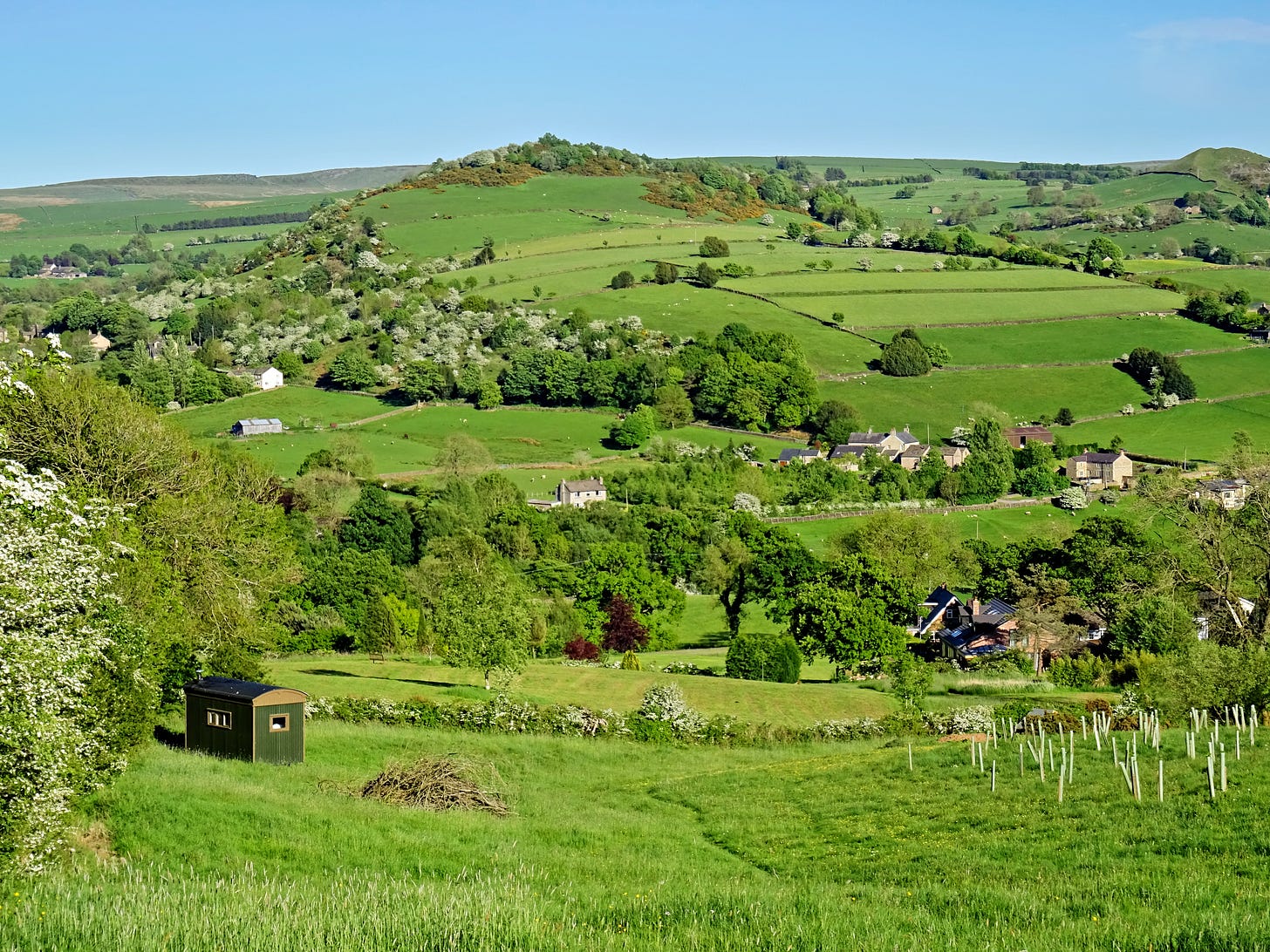“No time to see, in broad daylight,
Streams full of stars, like skies at night.”
- William Henry Davies
I have always loved the Cheshire countryside. A couple of times while visiting this area, I stayed in a hotel at Pott Shrigley simply because I found it hard to believe that that was the name of a real place. It is a…
Keep reading with a 7-day free trial
Subscribe to Bunking Off to keep reading this post and get 7 days of free access to the full post archives.



